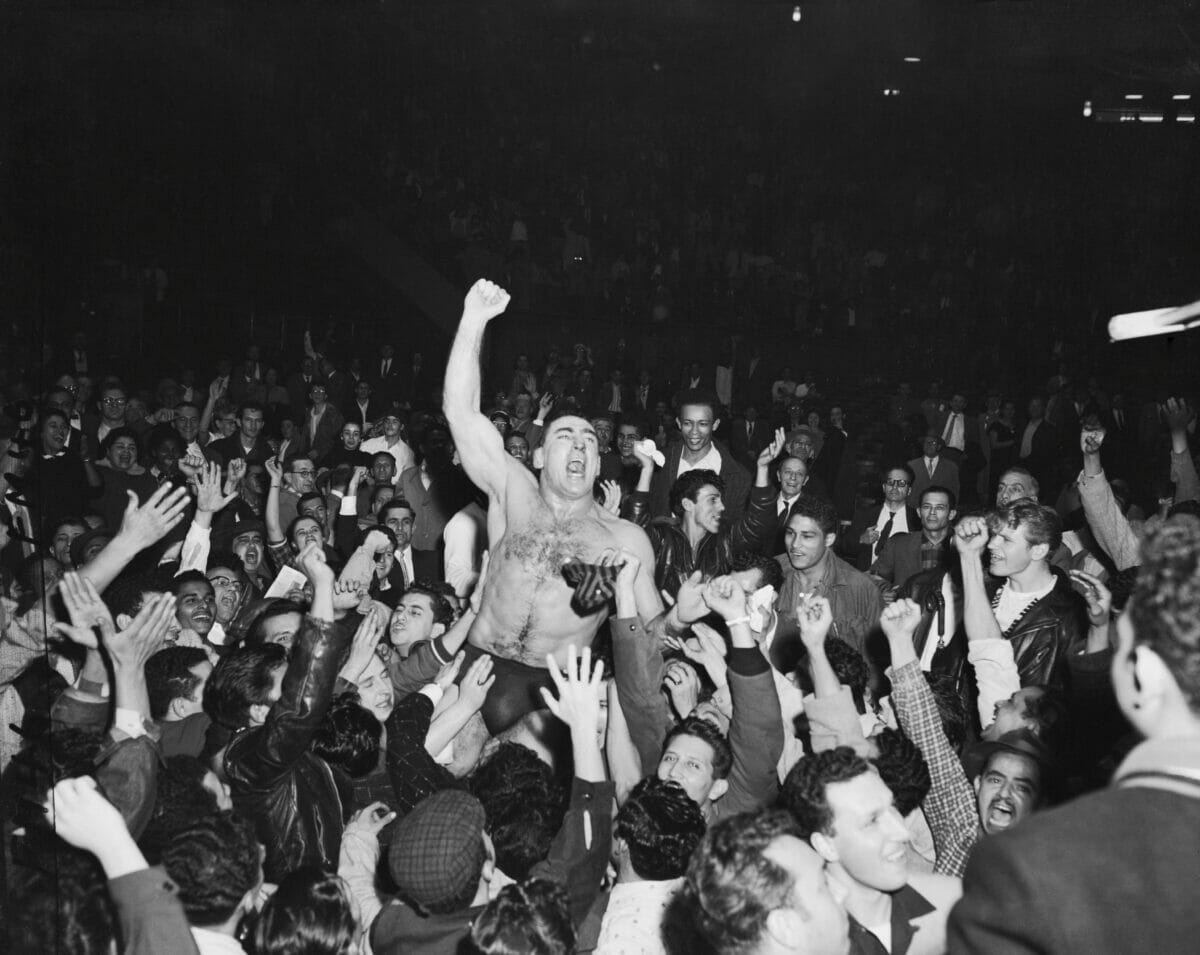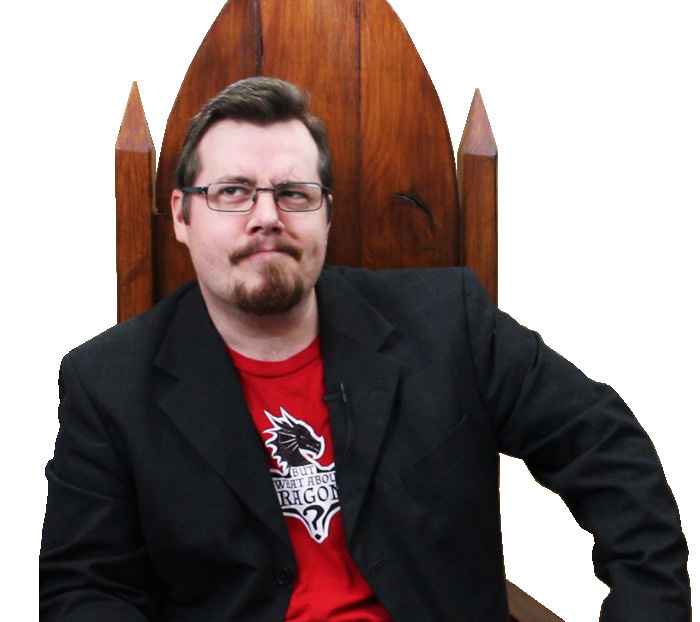Suspension of disbelief is one of the most abused concepts in our post-modern media landscape. In movies, on TV, in role-playing games, etc we are constantly faced with concepts, stories and visuals that seem to delight in pointing out that what you’re seeing is fake. This cultural cynicism has poisoned media and the minds of its consumers. As a result, earnestness, sincerity and true enjoyment are seen as quaint, childlike or downright bizarre. We all know that Santa Claus isn’t real, Hulk Hogan doesn’t say his prayers and take his vitamins (unless you count Dbol and HGH), and magic doesn’t work. Why pretend like we still do? This is a thoroughly modern outlook on media. You’ll find no better example of this than when you look at the way fans used to act at professional wrestling matches versus how they act now. In understanding this difference, we can understand believability and apply it to RPGs. Believability is a worthy cause and it makes for a more enjoyable experience.

Here’s one of the biggest myths about professional wrestling; fans thought it was real until Vince McMahon blew the whole scheme open in the 90’s. As a matter of fact, the worked nature of professional wrestling has been widely known among the general public since at least 1938. In 1938, newspapers quit reporting on the results of wrestling matches because it was not a real sport. This knowledge did not stop millions of people from going to see matches in Madison Square Garden in New York, The Omni in Atlanta, The Old Charlotte Colosseum in Charlotte, etc for the next 70+ years. This did not stop people from pulling guns to defend The Junkyard Dog from Michael Hayes in Mid-South, or crying at Mid-Atlantic Wrestling shows when The Midnight Express cheated to keep The Rock-N’-Roll Express from winning the Tag Team Titles. Why is that? Well, that’s because wrestlers of that era went above and beyond to convince people that what they knew about wrestling was wrong. Virgil Runnels was never anybody other than Dusty Rhodes when he was in public. Ric Flair and Ricky Steamboat did not go hang out together after their matches. They sent out the message to their fans that everything they were seeing between the ropes was real.
Additionally, the action inside the ring was hard-hitting, bloody and believable. The goal was to tell a story through a pre-determined and cooperative fight. It had to look like a slugfest and a legitimate athletic competition but without risking the lives and safety of the competitors. It wasn't easy and it took its toll on the competitors, but the result was decades of big business that created icons many still recognize today. Matches were often spectacular, but were grounded in the reality of an athletic contest. By contrast, most modern wrestling has foregone the pretense of believability in the name of pure athleticism and spectacle. As a result, the likes of Kenny Omega, Seth Rollins, Will Osprey, and Ricochet have all put on very flashy, athletic performances, but many of them are low on believability. Nobody thinks that Kenny Omega and Will Osprey are really fighting each other, at least not they way they thought Stan Hansen and Big Van Vader were. Is it a coincidence that fewer and fewer people are watching wrestling? Maybe, but I don’t think so.
Shadiversity and Skallagrim, two YouTube channels that focus on medieval weaponry, armor and history and how it applies to fantasy and role playing games, both have somewhere in the neighborhood of 1.6 million subscribers. Those numbers are not insignificant and tell me that there’s a somewhat broad desire to know about these things. So much of what we see in pop culture is a burlesque or an irreverent parody of something serious. Sincerity is seen as an oddity but, at the same time, the reactions to these irreverent send-ups has become more and more tepid. To me, this says that there’s something missing and that something is believability. There’s nothing solid to bite into in modern media and that’s because there’s nothing real or earnest or sincere in it. We can see what sincerity and believability does to people watching old-school wrestling. Why not include it in our roleplaying games?
This is why I spend so much time harping on medieval history, mythology, and simulationism. The game benefits from these things because they ground your game in something tangible and believable. This recognition makes the game more recognizable to your players and, therefore, they can take it seriously. They can invest in it because it’s real to some degree. Believability is worthwhile and it genuinely makes things better.






